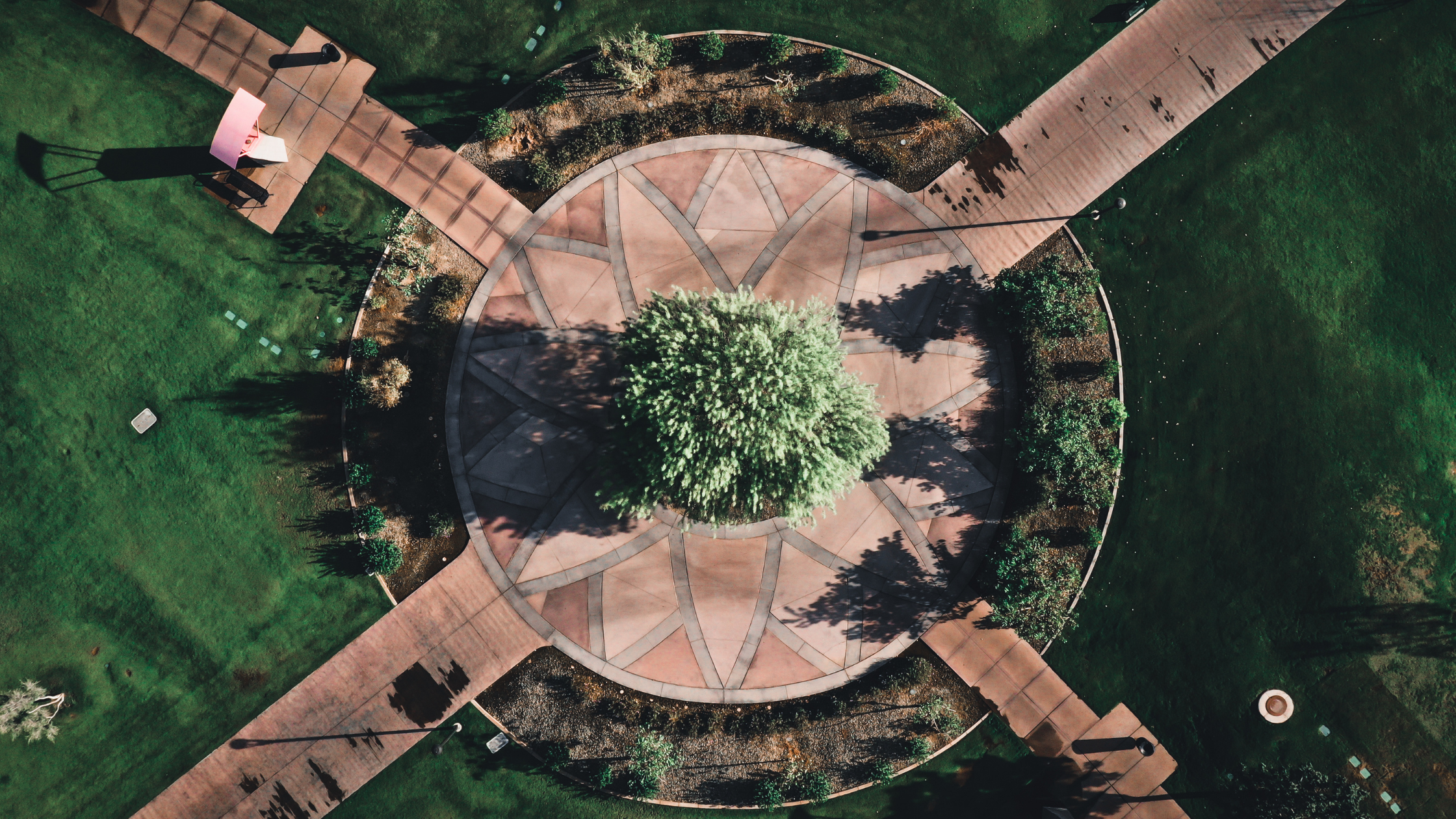
Intersectionality is the awareness that prejudices and disadvantages (as well as privileges) are not a series of easily defined A and B categories and are much more intertwined and nuanced. As an example, let’s assume our Governor for the great state of [insert state here] wants to help small communities and rural communities, understanding that both are lacking the level of investment the large urban cities are receiving. The Governor rolls out two large grant programs accordingly.
Let’s also assume we work for a small, rural town that’s struggling and these programs offer much-needed relief, projects, and programs that were out of reach are now possible. We apply to both, we’re rejected from both. The rural grants go to the larger regional commercial hubs, and the small community grants go to the suburban communities. We cry foul that though yes, the rural grants did help some rural communities, and though yes, the small community grants went to communities with lower populations, we were still left behind. We have the challenges of both groups and unique obstacles for being both small and rural. The state shrugs it off, if anything we had “two opportunities” to get help, and nothing changes.
The above example can be applied to individuals, groups, and communities who fall under the intersection of two or more categories of disadvantage and discrimination. Intersectionality offers us a greater breadth of possibilities and perspectives and with it a higher standard for us to meet. Unfortunately, it is a standard that many of us fall short on. We struggle to come to terms with diversity even with the simplified A and B categories, the idea to perceive and engage these topics as a complicated, interconnected web can feel overwhelming. There are several challenges from adjusting our current outlook, to adding new layers and considerations to our work in local government. What may be the greatest obstacle though is a lack of space.
We truly do not have much space to learn and implement social justice, equity, inclusion, etc. By space, I mean physical location. I mean time. I mean people. I mean funds and other tangible resources. I mean knowledge. I mean institutions with history, influence, and authority. When we look at the scale of the challenges before us, and then we look to see what tools we have at our disposal, chances are we are lacking. Whether it’s a lack of diversity within our organizations, competing interests under a tight budget, or the uncertainty of where to even start, we lack the ability to make the difference we want.
Therefore, we have to create space.
We need to develop new places, new resources, new learning because we cannot adequately meet the demand for a more equitable, inclusive, representative environment for our residents with what we currently have. Here are a few, non-exhaustive examples of space we can create:
Art, book readings, committee or task force (with clearly communicated authority and support), coffee time between local government leaders (of all varieties) and the community, conferences, consultants, educational materials, equity-based additions to current positions, equity-centric positions, equity-centric departments, multiple avenues for promotion, networking with experts, new citizen engagement tools, new employee engagement tools, new parks, new programs, partnerships with a local university, partnerships with a local non-profit, recruitments that use new methods to target under-represented groups, trainings, workshops…
I accept that we may feel unprepared. I do not accept that there is “nothing we can do”. We have limits, we have other responsibilities, we have hurdles, but none should be so great to keep us from even attempting to create space from one (or more) of the above examples and other space not listed. By doing so, we set ourselves up to be able to accomplish tomorrow what we’d like to today.
—————–
For those who’ve been following along, this is the final post summarizing the best lessons I took from my first semester which included interdisciplinary research and feminism. My next posts will be covering my next semester, which includes Foundations and Theories of Interdisciplinary Humanities (my second core course in the degree) and Law, Diversity, and Community in U.S. History (a look into historical legal cases that cover difficult topics such as race, gender, sexuality, immigrant-status, and others).
This guest blog is by ELGL member Matt Hirschinger, the Assistant to the Town Manager in Hudson, Colorado. Read all of Matt’s other blogs at the Social Justice –> Government homepage.
